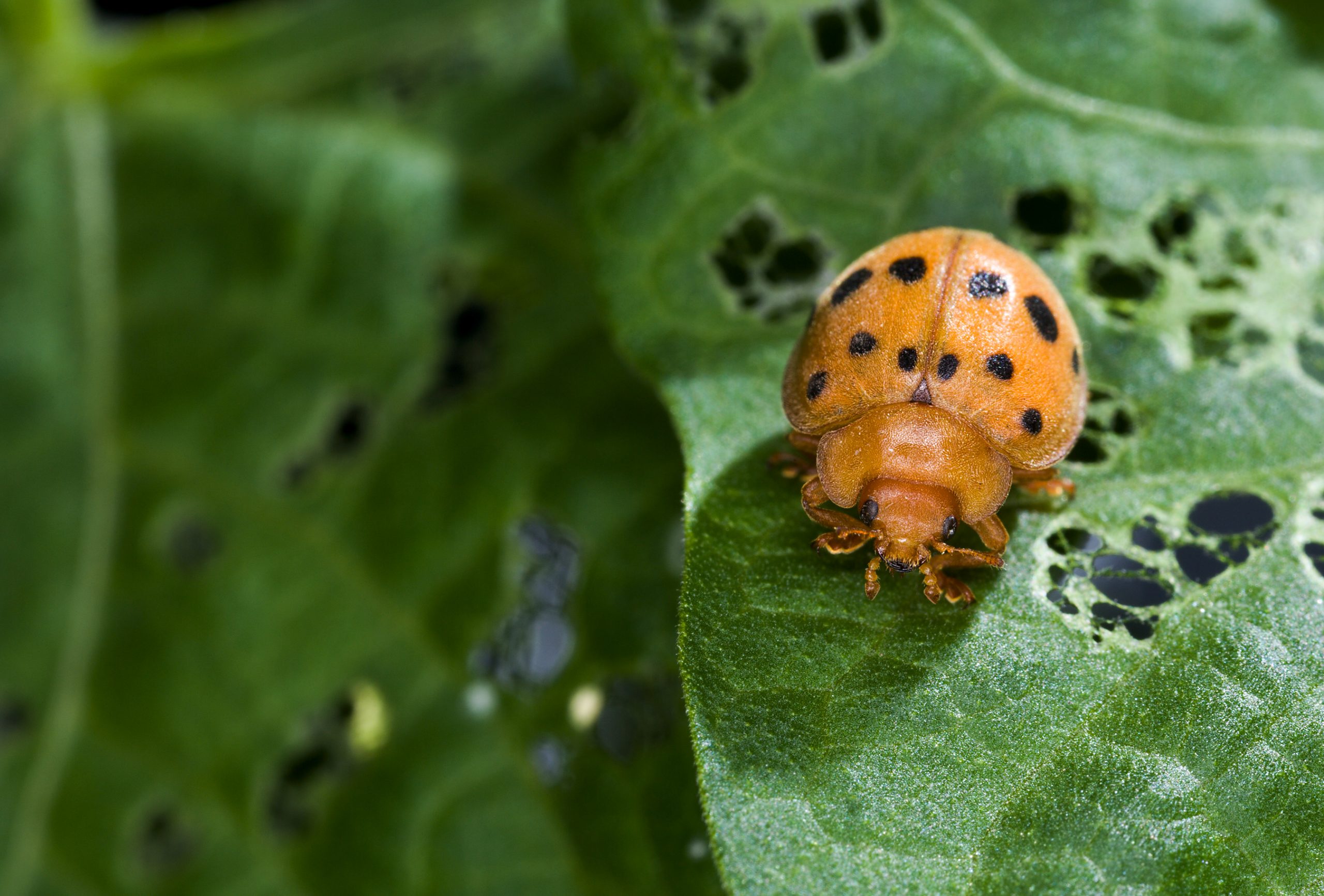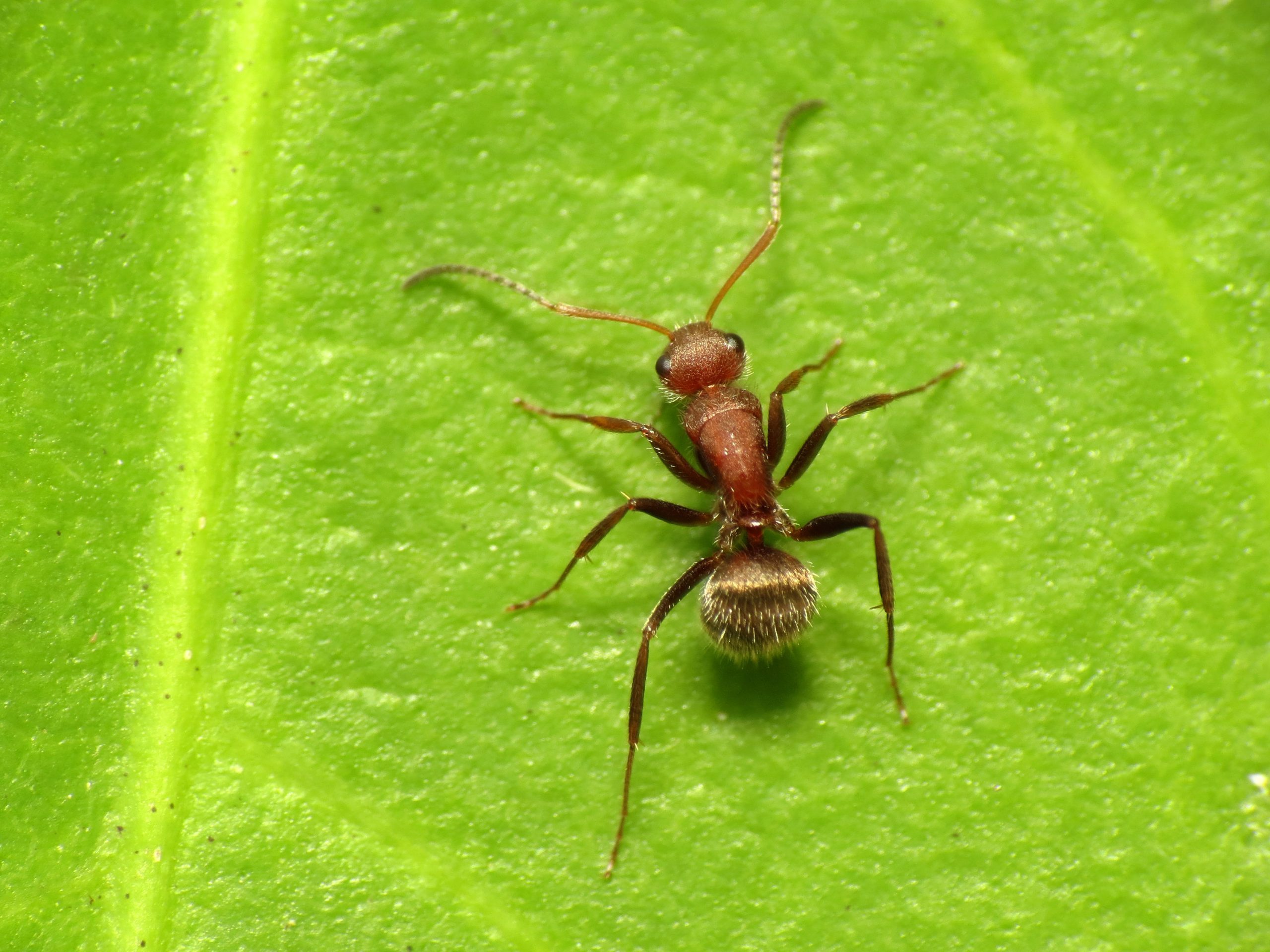From Penguins to Frogs: The new frontier of wildlife microbiomes
With recent technological advances in DNA sequencing investigating microbiomes from all areas of life has become possible as PLOS ONE Publication Assistant Maija Mallula finds out.
With the advancement of DNA sequencing technology, our ability to ask and answer new scientific questions is continuously growing. In the field of microbiology, more cost-effective and efficient sequencing methods have spurred on the study of microbiomes and allowed researchers to explore a wider variety of complex microbial communities from those found in soils and oceans to those associated with living organisms. In addition to understanding the composition and diversity of microbial communities, researchers are now beginning to reveal how they interact as a community and how they can impact surrounding environments and their host species. In addition, microbiomes can provide surprising insight into complex processes such as climate change, pathogen defense, and even speciation. We’ve compiled a list of some of our favorite papers from the last year that are putting a new and unique twist on microbiome research.
Penguin poo affects soil microbiomes

The frigid Antarctic is often thought of as an unsettled, snowy Wild West without civilization, but for a penguin it’s the perfect home. As industrial shipping expands worldwide, penguins are one of the many Antarctic animals susceptible to amassing pollutants as they travel back and forth from land to water. To investigate these effects Santamans and colleagues from Universitat de València analyzed the chemical composition and the microbial communities of soils associated with penguin rookeries. When compared to soil not associated with a rookery, the researchers found that the presence of penguin rookeries increased chemical pollutants in soil and altered the soil microbial communities. The study has shown that Antarctic penguins may be acting as the proverbial ‘canary in the coal mine’, or in this case, ‘the penguin in the tundra’ and could alert us to the presence of increasing pollutants in waters off Antarctica.
Getting a little help from your friends, Mexican bean beetle microbiome helps against plant defenses

Just as humans have an immune system to protect against pathogens, plants have defense mechanisms that help protect them from both leaf-eating arthropods and the viruses they carry. In retaliation, many herbivorous insects have developed highly specialized secretions that counteract the plant’s arsenal of defenses and help with plant material digestion and virus transmission to the plant. Without salivary glands Mexican bean beetles (Epilachna varivestis) have taken to regurgitating onto leaves as they begin eating, but little is known about the contents of a bean beetle’s regurgitant. A team of researchers from The Ohio State University and Brandon University decided to investigate, coining the term “regurgitome” to refer to the suite of proteins, microbes, and viruses that make up the contents of regurgitant. By sequencing the DNA of the regurgitome, they discovered that the regurgitome not only contains large amounts of enzymes necessary for digestion, but also nearly 1,230 different species of bacteria, many of which are known to affect plant defense mechanisms. Additionally, the team found that the regurgitome contains beetle specific viruses and facilitates the transfer of these viruses between plants.
More than just slime, skin microbiome keeps frogs healthy

If you’ve ever picked up a frog, you probably know that they can be quite slimy. For many frog species, this slime is a protective coating of mucus that works to keep their skin moist. However, Brito de Assis and colleagues have also shown that bacteria play a critical role in keeping frogs healthy. In the Atlantic Forest of Brazil, researchers headed into the woods and swabbed 188 frogs from four different species. Back in the lab the team was able to identify the skin microbiomes of the frogs and measure the richness, density, and antimicrobial activity of isolated strains. In total, they found 27 different types of bacteria that exhibited antimicrobial activity and they showed that host species plays an important role in determining the composition of the skin microbiome. In addition, the team showed that environmental factors such as whether the forest cover was continuous or fragmented could also have an influence on the skin microbiome.
In hot water, coral symbionts help protect microbiome during thermal changes

Frogs and coral might not seem to have much in common; however, like frogs, corals also have protective mucus barriers containing a complex community of microbes. Corals additionally host a dinoflagellate (brown algal) symbiont, called Symbiodinium, that lives within the coral and provides the coral with sugars from photosynthesis. These symbionts respond differently to thermal changes and play a role in the resilience of corals to rising sea temperatures, but it is unknown how the coral microbiome could respond to predicted global climate changes. Grottoli and his colleagues decided to test the effects of acidification and temperature increase on the microbiome of two species of coral, one with a thermally tolerant symbiont and one with a thermally sensitive symbiont. After exposure to sea water with increased CO2 and temperature for 24 days, the researchers sequenced the microbiome of each experimental coral’s tissue and mucus layer. Combined with measures of coral heath including calcification and total surface area, they found that the thermally tolerant coral species experienced significantly less microbial community changes. In addition, the researchers showed that corals with a diverse microbial community are more resilient to increases in temperature and acidification.
Are we related? Microbiome can be used to differentiate closely related ant species

We all have similar traits to our parents, but some are more obvious than others. In a study from 2017, researchers discovered that ants have more than looks in common with their parents. They also share nearly identical microbiomes and can be differentiated from closely related species based on their unique microbiome. Scientists from the Universidade Estadual Paulista and the Chicago Field Museum of Natural History studied the ant-associated microbiomes in the colonies of one Colobopsis sp. and two Camponotus spp. By sequencing and quantifying the bacteria of three different castes of ants from these three species, it was apparent that their microbiomes were stable throughout development and could potentially act as unique species identifiers, or “species-specific signatures.” The authors believe that these species-specific signatures could play a role in colony recognition
References
Santamans AC, Boluda R, Picazo A, Gil C, Ramos-Miras J, Tejedo P, et al. (2017) Soil features in rookeries of Antarctic penguins reveal sea to land biotransport of chemical pollutants. PLoS ONE 12(8): e0181901.
Gedling CR, Smith CM, LeMoine CMR, Cassone BJ (2018) The Mexican bean beetle (Epilachna varivestis) regurgitome and insights into beetle-borne virus specificity. PLoS ONE 13(1): e0192003.
Assis ABd, Barreto CC, Navas CA (2017) Skin microbiota in frogs from the Brazilian Atlantic Forest: Species, forest type, and potential against pathogens. PLoS ONE 12(7): e0179628.
Grottoli AG, Dalcin Martins P, Wilkins MJ, Johnston MD, Warner ME, Cai W-J, et al. (2018) Coral physiology and microbiome dynamics under combined warming and ocean acidification. PLoS ONE 13(1): e0191156.
Ramalho MO, Bueno OC, Moreau CS (2017) Species-specific signatures of the microbiome from Camponotus and Colobopsis ants across developmental stages. PLoS ONE 12(11): e0187461.
Featured Image: Mattosaurus, Wikimedia Commons, Public Domain
